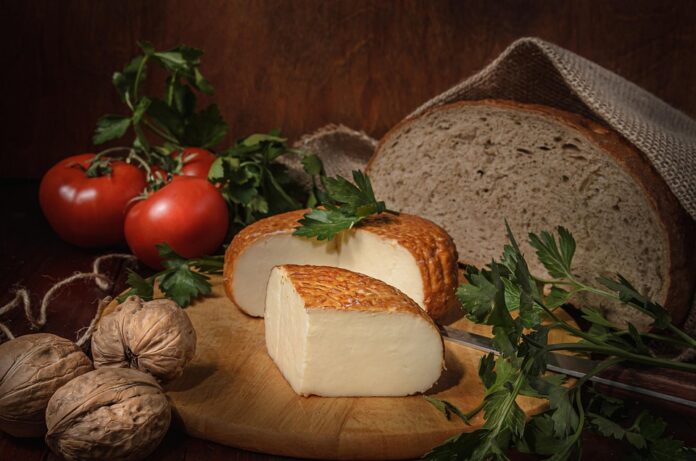The Role of Aging and Fermentation in Premium Cheese Quality
Introduction
Cheese is a beloved dairy product enjoyed by people all around the world. From creamy Brie to sharp Cheddar, the variety of cheeses available is vast. However, not all cheeses are created equal, and the quality of cheese can vary greatly depending on factors such as aging and fermentation. In this report, we will explore the importance of aging and fermentation in producing premium quality cheese.
Aging Process
Aging is a crucial step in the cheese making process that greatly impacts the flavor, texture, and overall quality of the final product. During aging, cheese undergoes chemical and enzymatic changes that result in the development of its unique characteristics. The length of aging can vary depending on the type of cheese, with some cheeses aging for just a few weeks while others may age for several years.
One of the key benefits of aging cheese is the development of flavor. As cheese ages, enzymes break down proteins and fats, resulting in the formation of complex flavors. This process is known as proteolysis and lipolysis, and it is responsible for the nutty, sharp, or creamy flavors found in aged cheeses. Additionally, aging allows for the evaporation of moisture, which contributes to the concentration of flavors in the cheese.
Fermentation Process
Fermentation is another critical step in the cheese making process that plays a significant role in the development of flavor and texture. During fermentation, lactic acid bacteria consume lactose (milk sugar) and produce lactic acid, which helps to acidify the cheese. This process not only contributes to the tangy flavor of the cheese but also helps to preserve it by creating an acidic environment that inhibits the growth of harmful bacteria.
In addition to lactic acid bacteria, some cheeses are also made with the addition of specific strains of mold or bacteria, such as Penicillium camemberti in Camembert cheese. These added cultures help to further develop the flavor and texture of the cheese during aging. For example, the white rind of Camembert cheese is a result of the mold breaking down the proteins and fats in the cheese, creating a creamy texture and earthy flavor.
Impact on Premium Cheese Quality
The aging and fermentation processes are crucial in determining the quality of premium cheeses. Cheeses that are properly aged and fermented develop complex flavors, aromas, and textures that set them apart from mass-produced cheeses. Premium cheeses often command higher prices due to the time and care that goes into their production.
For example, Parmigiano Reggiano, a premium Italian cheese, is aged for a minimum of 12 months and up to 36 months or more. This lengthy aging process allows the cheese to develop a rich, nutty flavor with a crumbly texture that is highly sought after by cheese connoisseurs. Similarly, Gruyère, a Swiss cheese, is aged for at least 5 months to develop its signature sweet and slightly salty flavor.
Industry Insights
The premium cheese market is a growing segment of the overall cheese industry, driven by consumer demand for high-quality, artisanal products. According to a report by Grand View Research, the global premium cheese market was valued at $55.5 billion in 2020 and is expected to reach $84.5 billion by 2028, growing at a CAGR of 5.5% from 2021 to 2028.
Major players in the premium cheese market include companies such as Lactalis Group, Arla Foods, and Groupe Bel. These companies offer a wide range of premium cheeses that cater to different taste preferences and are known for their commitment to quality and craftsmanship. Additionally, artisanal cheese producers are gaining popularity for their small-batch, handcrafted cheeses that highlight the art of cheese making.
In conclusion, aging and fermentation play a crucial role in the production of premium quality cheese. These processes not only contribute to the flavor and texture of the cheese but also help to differentiate premium cheeses from mass-produced counterparts. As consumer interest in high-quality, artisanal cheeses continues to grow, the premium cheese market is poised for further expansion in the coming years.




